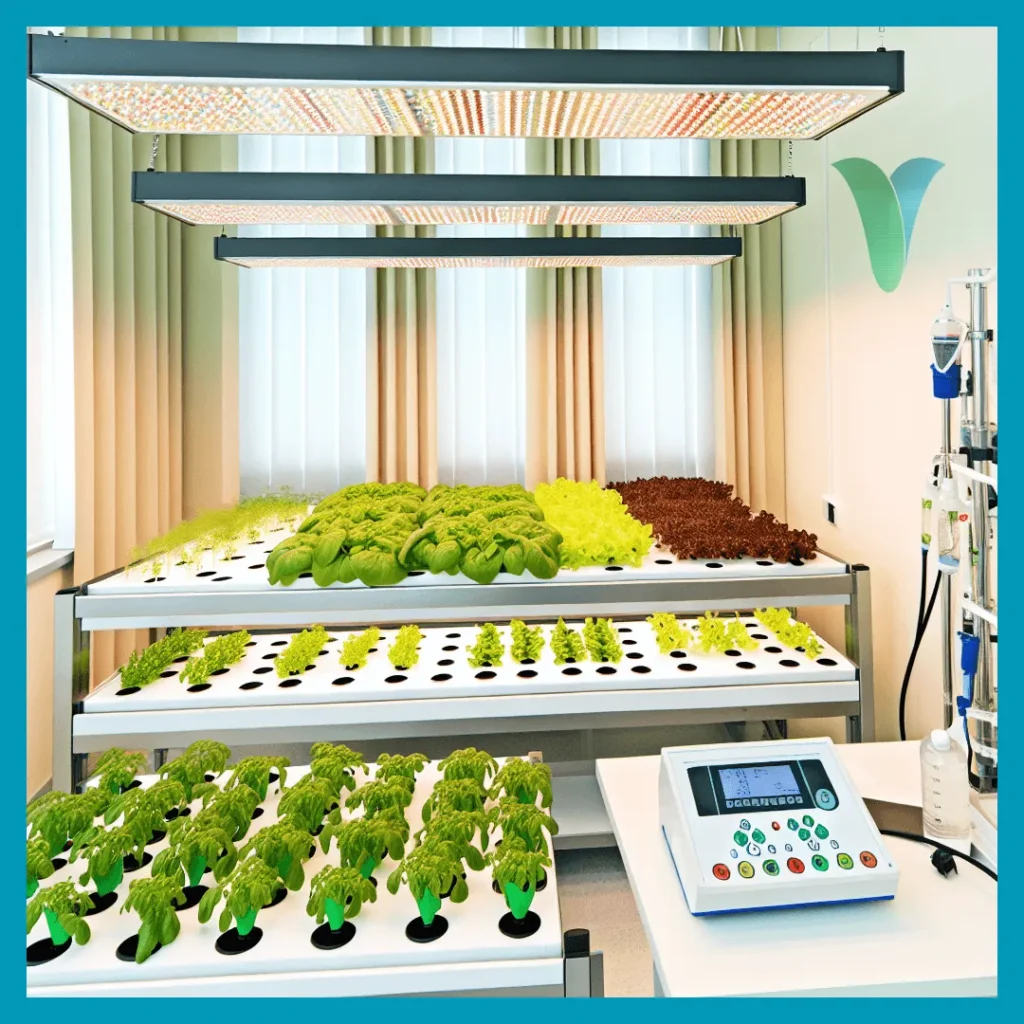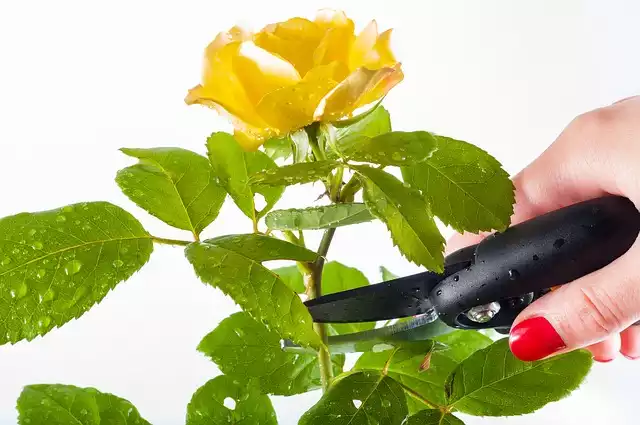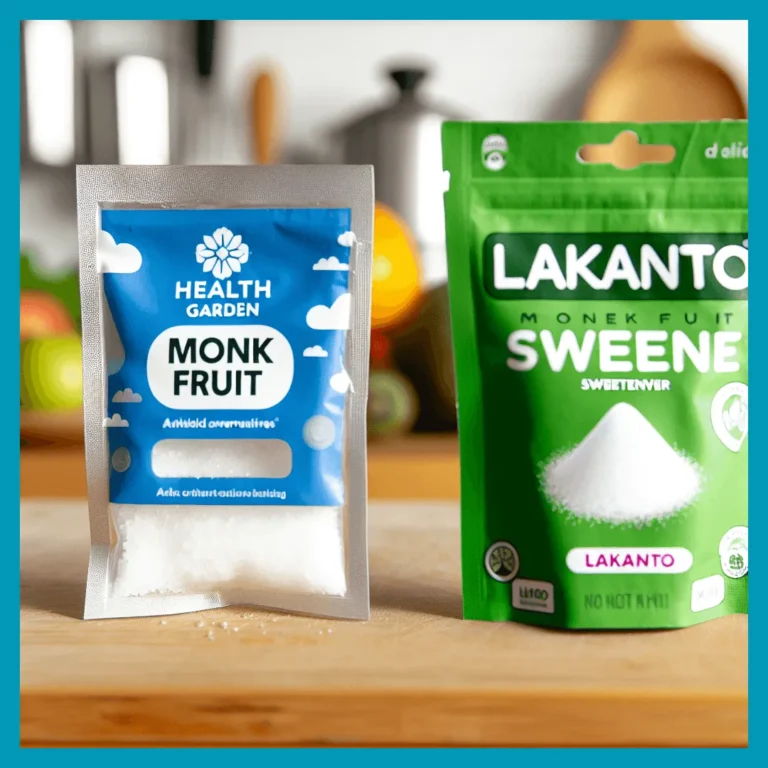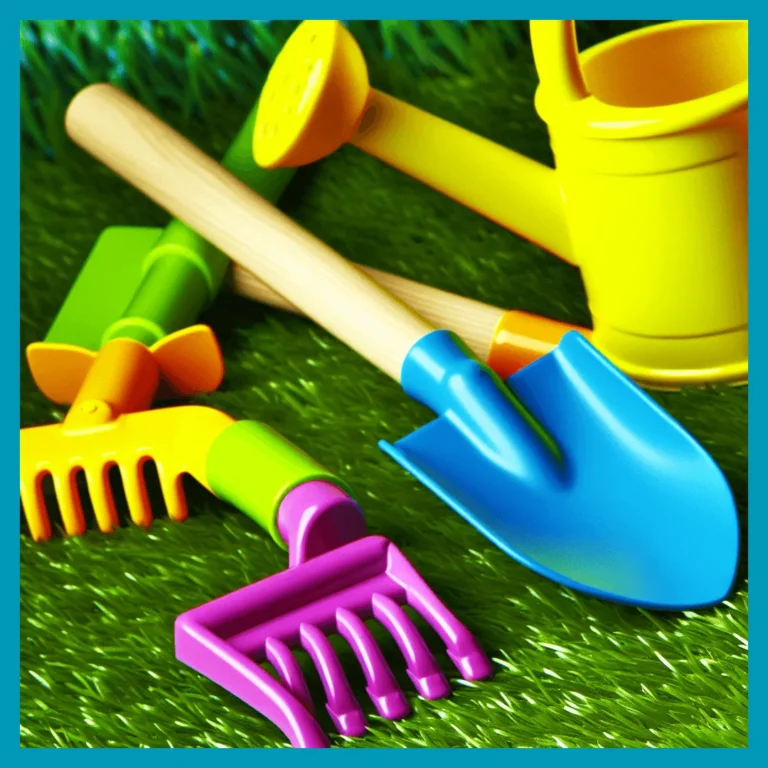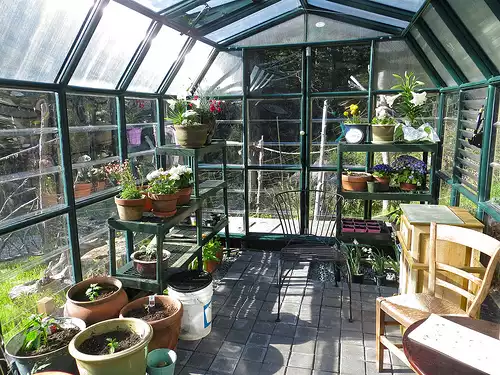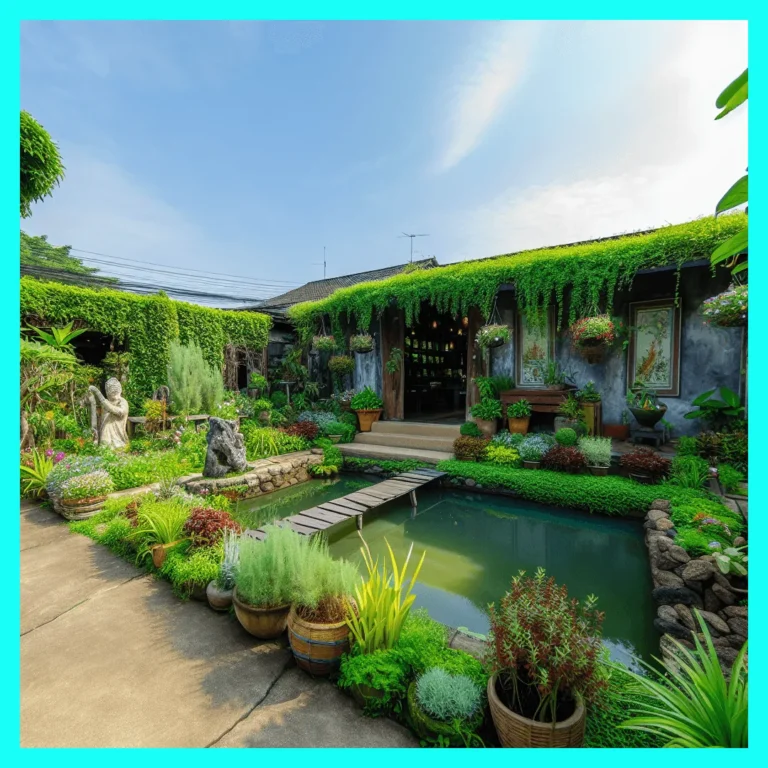Growing Plants Hydroponically
In an era where space is at a premium and environmental concerns are on the rise, the innovative approach of growing plants hydroponically has emerged as a beacon of sustainability and efficiency.
This methodology, which once seemed like fodder for science fiction, is now at the forefront of agricultural technology, enabling both novices and seasoned gardeners to cultivate lush greenery without a speck of soil.
By embracing systems that integrate vertical gardens, LED grow lights, germination kits, and water pumps, individuals are transforming their balconies, patios, and even interiors into verdant oases.
The magic begins with the germination kit—a starting point that ensures seeds sprout under optimal conditions—paired seamlessly with an intricately designed water pump system that circulates vital nutrients directly to the roots.
As these nascent shoots reach upwards, they bask under the glow of LED grow lights, engineered to mimic the spectrum of sunlight minus its unpredictability.
This controlled environment not only accelerates growth but also invites a futuristic aesthetic into gardening practices.
The concept of a vertical garden further revolutionizes space utilization; imagine walls adorned with edible herbs or cascades of flowering vines—all flourishing abundantly in water alone.
This article delves deep into how hydroponics is changing our relationship with agriculture—one drop at a time—ushering in an era where anyone can be part gardener, part scientist.
This innovative method of growing plants has gained popularity in recent years due to its many benefits, including increased plant growth, water conservation, and the ability to grow a variety of plants in a limited area.
In this article, you will learn about the basics of hydroponics, including the different types of hydroponic systems, necessary equipment, and essential tips for successful plant growth.
By the end, you will have a comprehensive understanding of how to grow plants hydroponically and be ready to embark on your own journey of growing fresh, healthy, and sustainable produce.
So, whether you are a seasoned gardener looking for a new challenge or a novice with a green thumb, read on to discover the world of hydroponic gardening and how it can transform your plant-growing experience.
Table of Contents Growing Plants Hydroponically
Utilize LED grow lights for optimum growth
To achieve optimum growth in your plants when utilizing a vertical garden and hydroponic system, it is crucial to incorporate the use of LED grow lights.
LED grow lights offer numerous benefits that contribute to the overall health and productivity of your plants.
These lights emit specific wavelengths of light that are essential for photosynthesis, promoting strong and efficient growth.
Unlike traditional lighting options, LED grow lights are energy-efficient, providing cost-effective solutions for your indoor gardening needs.
Additionally, they produce less heat, reducing the risk of damage to your plants and eliminating the need for additional cooling systems.
By investing in a quality LED grow light system, along with other essential components such as a germination kit and a water pump, you can create an optimal environment for your plants to thrive and achieve remarkable results in your hydroponic garden.
Maximize space with a vertical garden
In your pursuit of growing plants hydroponically, it is important to consider the space-saving benefits of a vertical garden.
With a vertical garden, you can maximize your available space by utilizing vertical surfaces such as walls or fences.
This innovative gardening technique allows you to grow a wide variety of plants in a compact and efficient manner.
By using specialized containers or pockets attached to the vertical structure, you can create a lush garden without taking up valuable floor space.
Not only does a vertical garden help you make the most of limited areas, but it also adds a visually appealing element to your indoor or outdoor space.
Whether you are growing herbs, flowers, or vegetables, a vertical garden, together with your LED grow lights, germination kit, and water pump, provides a practical and stylish solution for your hydroponic gardening needs.
Kickstart growth with a germination kit
To kickstart the growth of your plants in your hydroponic setup, utilizing a germination kit is crucial.
This kit provides you with all the necessary tools to successfully germinate your seeds and ensure healthy plant growth.
With the right combination of soil, humidity, and temperature control, the germination kit creates an ideal environment for seeds to sprout and develop strong roots.
It typically includes trays or pots, a humidity dome, and a heating mat to maintain optimal conditions for germination.
By using a germination kit in conjunction with your vertical garden, LED grow lights, and water pump, you can establish a solid foundation for your plants’ growth and set them up for success in their hydroponic journey.
Keep plants hydrated with water pump
To maintain the well-being and growth of your plants in your hydroponic system, it is essential to keep them properly hydrated.
A reliable and efficient way to achieve this is by incorporating a water pump into your setup.
A water pump ensures a consistent flow of water to your plants, delivering the necessary nutrients and hydration directly to their roots.
By circulating the water throughout your vertical garden, the water pump helps to prevent stagnant water, reducing the risk of root rot and other water-related issues.
With the integration of a water pump alongside your LED grow lights, germination kit, and other hydroponic equipment, you can ensure that your plants receive the optimal hydration they need for healthy and thriving growth.
Ensure proper pH levels for plants
To maximize the potential of your hydroponic system and promote optimal plant growth, it is crucial to maintain proper pH levels.
The pH level refers to the acidity or alkalinity of the nutrient solution in which your plants are submerged.
Different plants have specific pH preferences, so it is essential to monitor and adjust accordingly.
A pH that is too high or too low can hinder nutrient absorption and lead to nutrient deficiencies or toxicities.
To ensure proper pH levels for your plants, regularly test the nutrient solution and make adjustments using pH up or pH down solutions.
This will help create an environment that promotes healthy root development and nutrient uptake, ultimately resulting in robust and thriving plants in your hydroponic setup.
Incorporating pH monitoring and adjustment alongside your vertical garden, LED grow lights, germination kit, and water pump is an integral part of maintaining an optimal growing environment for your hydroponic plants.
Use nutrient solution for healthy plants
To achieve healthy and vigorous plant growth in your hydroponic system, it is essential to provide your plants with a well-balanced nutrient solution.
This solution acts as the primary source of essential minerals and nutrients that plants need for their growth and development.
By carefully selecting and mixing the appropriate nutrients, you can tailor the solution to meet the specific needs of your plants at different growth stages.
It is crucial to regularly monitor and adjust the nutrient solution to ensure that your plants receive the proper balance of essential elements such as nitrogen, phosphorus, and potassium.
This, along with other components of your hydroponic setup like the vertical garden, LED grow lights, germination kit, and water pump, will create an optimal environment for your plants to thrive and produce abundant yields.
Monitor temperature and humidity levels
Maintaining optimal temperature and humidity levels is crucial for the successful growth of plants in your hydroponic system.
Monitoring these factors allows you to create an ideal environment that promotes healthy plant development and prevents the risk of diseases or pests.
Temperature plays a vital role in determining the metabolic rate of plants and affects their overall growth and flowering.
It is recommended to maintain a temperature range of 65-75 degrees Fahrenheit for most hydroponic plants.
Similarly, humidity levels need to be carefully controlled to prevent excessive moisture or dryness, which can impact the plants’ ability to absorb nutrients and water.
Aim for a relative humidity range of 50-70% to provide optimal conditions for your plants to thrive.
By regularly assessing and adjusting temperature and humidity levels in conjunction with the vertical garden, LED grow lights, germination kit, and water pump, you can create an optimal growing environment for your hydroponic plants.
Enjoy year-round gardening success
To enjoy year-round gardening success with your hydroponic system, it is essential to focus on a few key factors.
Firstly, proper lighting is crucial, and utilizing LED grow lights can provide the necessary spectrum of light for optimal plant growth.
These lights can be positioned strategically within your vertical garden to ensure that each plant receives adequate light for photosynthesis.
Secondly, investing in a reliable germination kit is essential to kickstart healthy plant growth.
This kit will provide the ideal conditions for seeds to sprout, including humidity and temperature control.
Additionally, a reliable water pump is necessary to circulate the nutrient-rich water throughout the system, ensuring that each plant receives the necessary nutrients for optimal growth.
By incorporating these essential elements into your hydroponic setup, you can create an environment that promotes year-round gardening success, allowing you to grow a variety of plants and enjoy a continuous harvest.
Congratulations, you now have a solid understanding of the basics of growing plants hydroponically.
By following these steps and using the proper equipment, you can create a successful hydroponic system and enjoy the benefits of growing plants without soil.
Remember to continue researching and experimenting with different methods to find what works best for you and your plants.
With dedication and proper care, your hydroponic garden can thrive and provide you with fresh, healthy produce all year round.
Happy growing!
FAQ
What are the benefits of growing plants hydroponically compared to traditional soil-based methods?
When growing plants hydroponically, you benefit from faster growth rates and higher yields compared to traditional soil-based methods.
The controlled environment allows for better nutrient absorption, reduced water usage, and the ability to grow plants in non-arable areas.
Additionally, hydroponic systems require less space and eliminate the need for pesticides.
Overall, hydroponic gardening offers a more efficient and sustainable way to cultivate plants, making it a popular choice for modern growers looking to maximize their harvests.
What are the key components needed to set up a hydroponic system for growing plants?
To set up a hydroponic system for growing plants, you will need key components such as a reservoir for water and nutrients, a pump to circulate the solution, growing trays or containers to hold the plants, a pH testing kit to monitor levels, and a grow light for proper illumination.
Additionally, you will need a timer to regulate watering cycles, growing medium like clay pellets or rockwool, and appropriate nutrients for plant growth.
With these components in place, you can create a successful hydroponic system for your plants to thrive.
How do nutrient solutions play a crucial role in the success of hydroponic plant growth?
Nutrient solutions are vital for your hydroponic plants’ growth as they provide essential nutrients directly to the roots, allowing for optimal absorption.
These solutions ensure that your plants receive all the necessary elements for healthy development, leading to faster growth and higher yields.
By carefully monitoring and adjusting the nutrient levels in the solution, you can create an ideal environment for your plants to thrive and prosper.
Without proper nutrient solutions, your hydroponic plants may suffer from deficiencies and ultimately fail to reach their full potential.
What are some common challenges or pitfalls that beginners may encounter when starting to grow plants hydroponically?
When you are starting to grow plants hydroponically, common challenges include nutrient imbalances leading to deficiencies or toxicities, pH fluctuations affecting plant uptake, and inadequate lighting or ventilation causing poor growth.
Beginners may also struggle with pest infestations, root rot due to overwatering, or incorrect plant spacing hindering proper growth.
It’s important to research and understand the basics of hydroponic gardening, monitor your plants regularly, and make adjustments as needed to overcome these pitfalls and successfully cultivate healthy plants.
How does the growth rate and yield of plants grown hydroponically compare to those grown in soil?
When you grow plants hydroponically, their growth rate tends to be faster compared to those grown in soil.
This is because the plants receive all the necessary nutrients directly through water, allowing them to focus their energy on growing.
Additionally, plants grown hydroponically often yield more produce due to the controlled environment and optimized nutrient intake.
So, if you’re looking to maximize growth rate and yield, hydroponic gardening may be a more efficient option for you.

